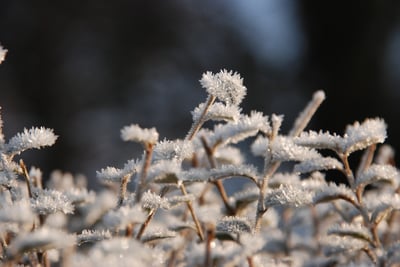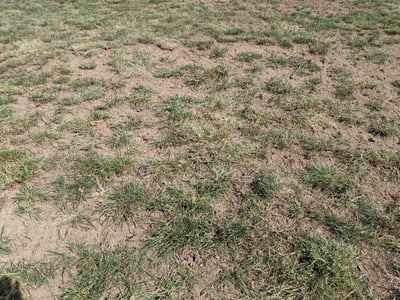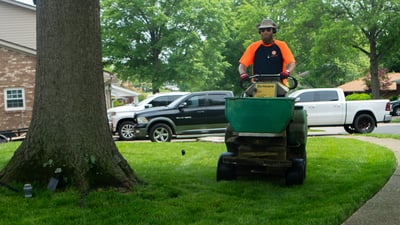

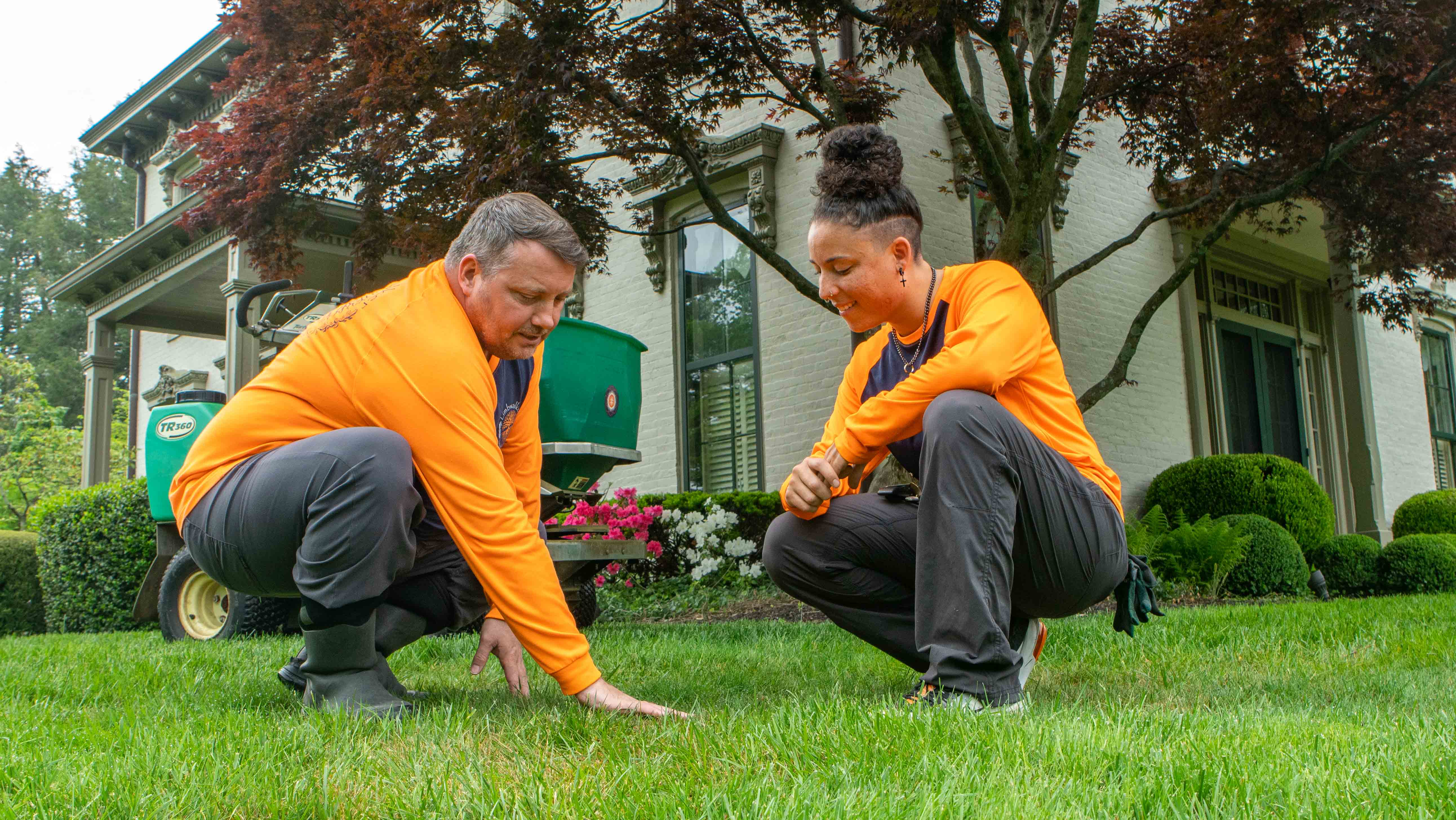
When it comes to lawn problems, grubs can be particularly frustrating because they are so destructive. While it’s not that big of a deal to find one or two grubs in your Louisville lawn, a large population of grubs can do severe damage.
Grubs are the larvae of beetles, including the Japanese Beetle, which you might know from their pesky habit of feeding on tree leaves. Beetles are born in the soil as grubs, where they begin feeding on grassroots around mid-August. As the roots are eaten, they can ultimately destroy the lawn.
In this article, we’ll dive into some of the important things that you should know about lawn grubs so that you can attack this pest.
As with any lawn treatment, understanding the timing is key to success.
Ideally, you want to use preventative grub control that will take care of young grubs as they hatch. This will prevent them from even having a chance to feed on your grassroots. As we like to say, the best time to kill grubs is before they can cause a problem.
Obviously, these products need to be applied prior to the grubs hatching. We start treating lawns for grubs in May.
Sometimes, it is too late to treat for grubs preventatively. If that’s the case, and grubs have already hatched, we will have to use a curative product that kills on contact.
These products do tend to be more expensive and damage has likely already been done to your lawn at this point. That is why it’s always our goal to be proactive.

Because grubs can be such a hassle, we suggest investing in lawn grub treatment every year. Grub damage can be such an expensive problem that we simply don’t think it’s worth risking it.
At Limbwalker, our Gold and Platinum programs include free grub control. Gold is our most popular program and a big part of that is the grub control and lawn fungus control treatments that are included.
The biggest problem with lawn grubs is that you just don’t know that they’re lurking. Since they feed on your lawn’s roots, they are easily hidden until you start to notice the damage. By that time, it might be too late.

If you did not invest in preventative grub killer for lawns, you might be wondering what signs to watch for that you have a grub problem. The earlier you can spot a problem the better as you want to prevent damage from becoming more widespread.
Three of the telltale signs of lawn grub damage include:
Grub damage is typically best fixed with a service called power seeding. You’ll need to fill in those bare spots with new grass.
Power seeding, which has also been called “slice seeding” or “slit seeding,” is the process of using a machine to cut rows into the soil and plant seeds. It’s a service used by golf courses to achieve some of the thickest, healthiest turfs around.
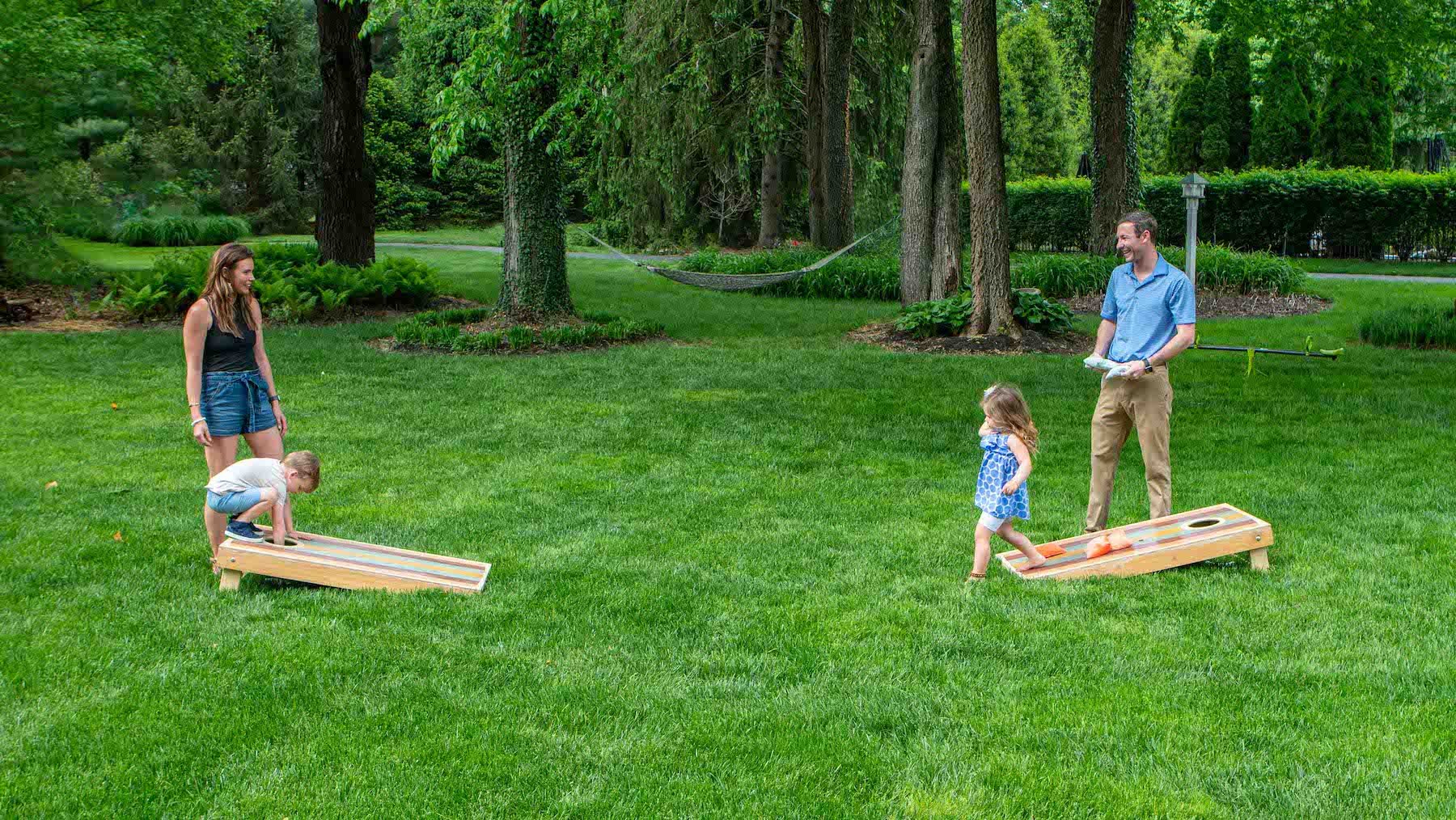
Nobody wants to worry about their lawn being ruined by grubs.
This is why it’s always best to work with a lawn care company that takes a proactive approach to grub control. After all, if you are investing in lawn care, you don’t want to see your lawn destroyed by a problem that could have been prevented.
Grub control is ultimately an investment in maintaining your lawn’s health.
It’s one of those problems that is just not worth risking. While you might be “fine,” for one year, that doesn’t mean you will be the next.
In fact, a problem could already be lurking. If the beetles have laid eggs in your lawn’s soil during the course of the previous year, you could be looking at lawn damage by the fall.
But with preventative grub control, you can gain peace of mind that your lawn is being protected.
Are you ready to have a thick and healthy lawn that is protected from grubs at your Louisville, KY home? Get in touch with us to get a quote for our lawn care programs, which include three lawn care pricing options.


